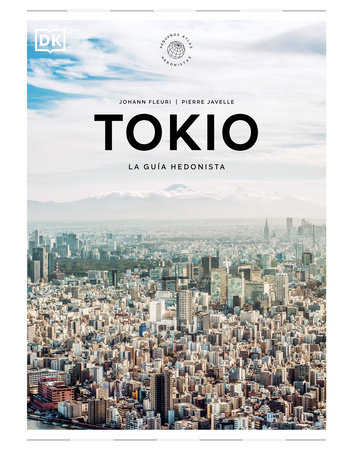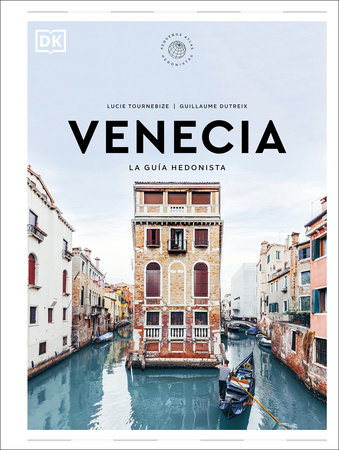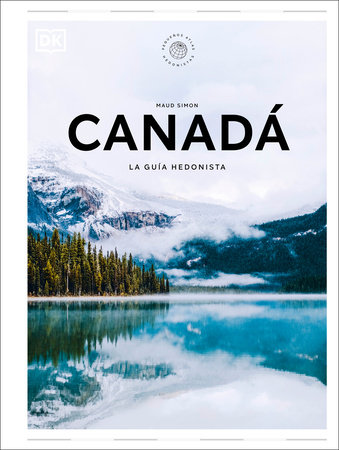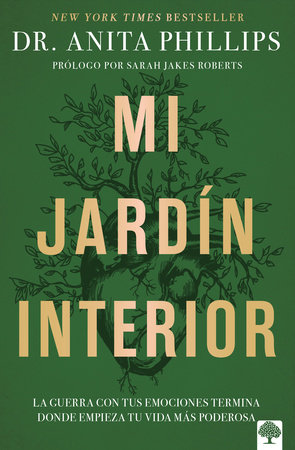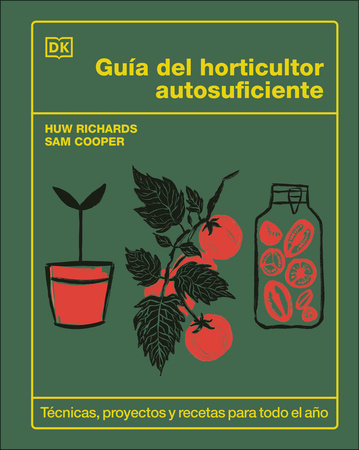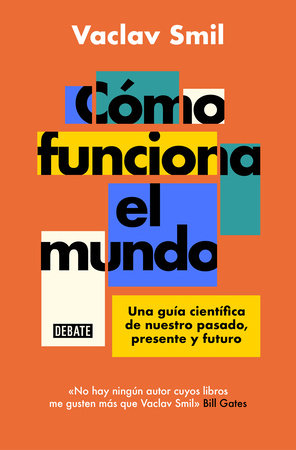

Cómo funciona el mundo: Una guía científica de nuestro pasado, presente y futuro / How the World Really Works
By Vaclav Smil
By Vaclav Smil
Category: Spanish Language Nonfiction

-
$22.95
Jun 20, 2023 | ISBN 9788418619359
Buy the Paperback:
Praise
La crítica ha dicho:
«Puedes estar o no de acuerdo con Smil; aceptar o desconfiar de su “solo los hechos”; pero no deberías ignorarlo». – The Washington Post
«Una guía en nuestra lucha contra el cambio climático que combina un análisis brutal y realista del presente y la confianza en la capacidad de los seres humanos para cambiar el futuro. Muy instructivo y revelador en muchos sentidos». -Ha-Joon Chang, autor de 23 cosas que no te cuentan sobre el capitalismo
«Cómo funciona el mundo cumple plenamente la promesa de su título. Es difícil formular un elogio mayor». -Simon Ings, New Scientist
«No soy ni pesimista ni optimista; soy un científico, escribe Smil en la introducción con la típica valentía Smiliana. De hecho, es más bien un numerista, un erudito con un don para triturar datos complejos con rigor y reducirlos a agradables bocados de información». –Financial Times
«Un maestro del análisis estadístico». –The Guardian







